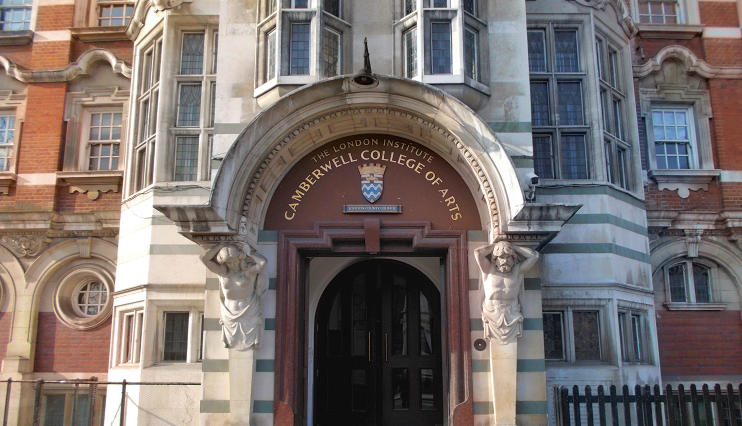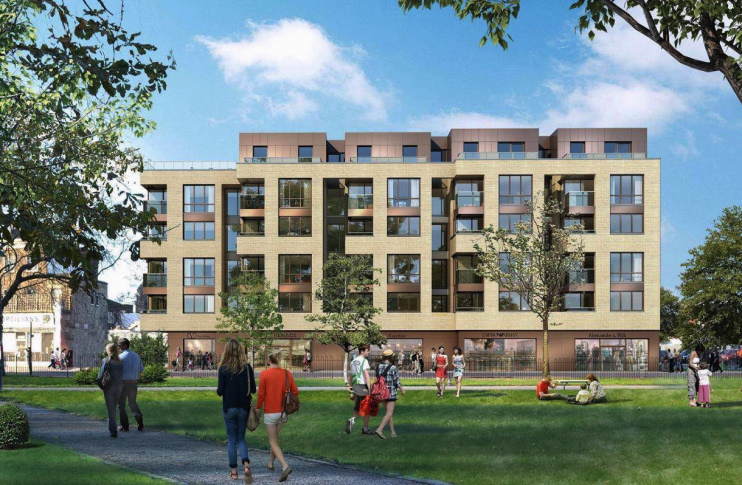Camberwell
Camberwell, Southwark
A socially mixed Victorian suburb situated west of Peckham

Camberwell was first recorded in Domesday Book but its name is of uncertain origin. The village was of some medieval significance and St Giles’ was the mother church of a parish that took in Dulwich and Peckham. King John enjoyed hunting here and, much later, so did Charles I and Charles II.
In 1615 the vicar of St Giles’ established Wilson’s School, which has since decamped to South Beddington. During the 18th century market gardening became very important to the village and the construction of new roads and bridges brought the first commuters as early as the 1780s. High-class terraced houses were built in the 1820s and 1830s, but by the mid-19th century terraces of much smaller dwellings were covering much of the district.
The annual fair on Camberwell Green was abandoned in 1855 as Camberwell became a ‘walking suburb’, with clerks tramping north to the City each morning. Those who could afford it took the new horse-drawn omnibuses and for a while the rich lived cheek by jowl with the poor.
The arrival of horse-drawn trams in the 1870s made Camberwell even more accessible but less desirable, and the old Georgian properties were sub-divided for multiple occupancy by the working classes, growing numbers of whom began to work in small-scale local industries and the building trade. Housebuilding for the middle classes continued in the south of Camberwell into the 1880s.
The Free Library and Art Gallery moved from Battersea to Camberwell in 1887 and over the following decade the philanthropist John Passmore Edwards funded new buildings that became the South London Gallery and the Camberwell School of Art (now Camberwell College of Arts, part of the University of the Arts London).
In 1910 the Peabody estate at Camberwell Green brought the first of many flats, culminating in system-built blocks in the 1960s and 1970s.
Along the main roads the ground floors of terraced houses have been converted for retail or service use. Many older properties have been restored in recent decades as Camberwell has been rediscovered by the middle classes. Part of south-east Camberwell is now a conservation area.
Extensive regeneration and/or gentrification has been going on in Camberwell since 2015, including the construction of the Camberwell on the Green apartments (shown in the CGI below) in place of a former job centre.

The Camberwell Beauty (Nymphalis antiopa) is a velvety chocolate-brown butterfly, rarely seen because it migrates each year from Scandinavia. The name comes from its first recorded sighting, on Coldharbour Lane in 1748. Camberwell Beauty is also the title of a VS Pritchett story and of the humorist Jenny Eclair’s debut novel.
A large marijuana cigarette is dubbed a ‘Camberwell carrot’ in Bruce Robinson’s cult film Withnail and I.
Postal district: SE5
Population: 40,835 (Brunswick Park, Camberwell Green and South Camberwell wards, 2011 census)
Further reading: Mary Boast, The Story of Camberwell, London Borough of Southwark, 2000
and HJ Dyos, Victorian Suburb, Leicester University Press, 1961 (definitive but hard to find)
See also: Denmark Hill
